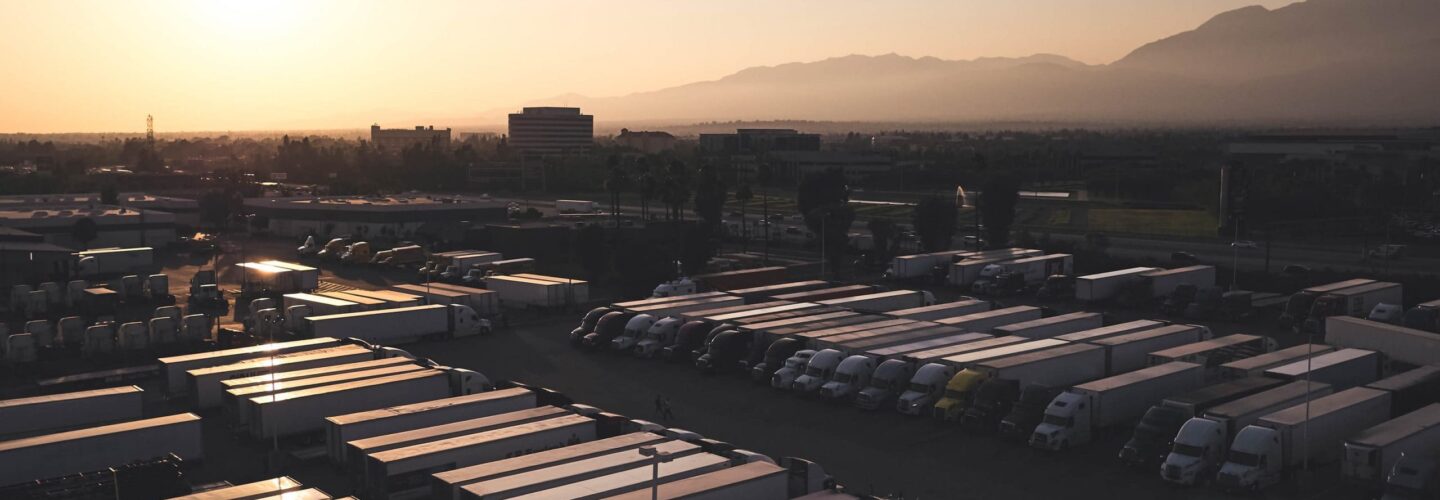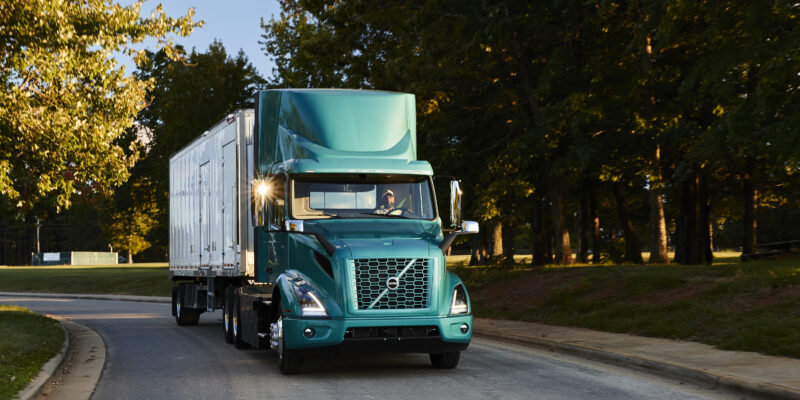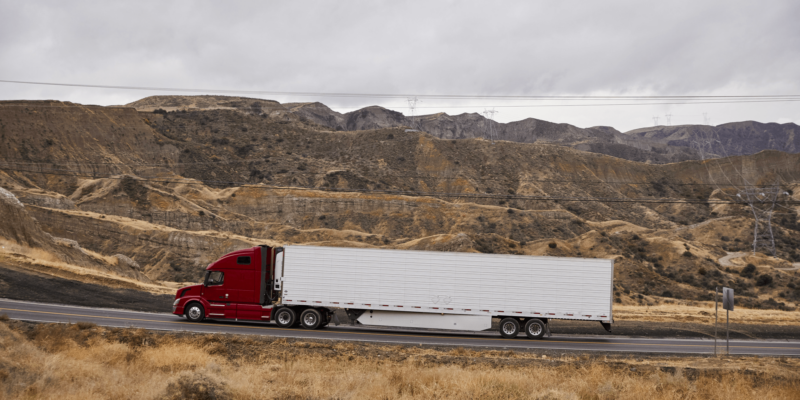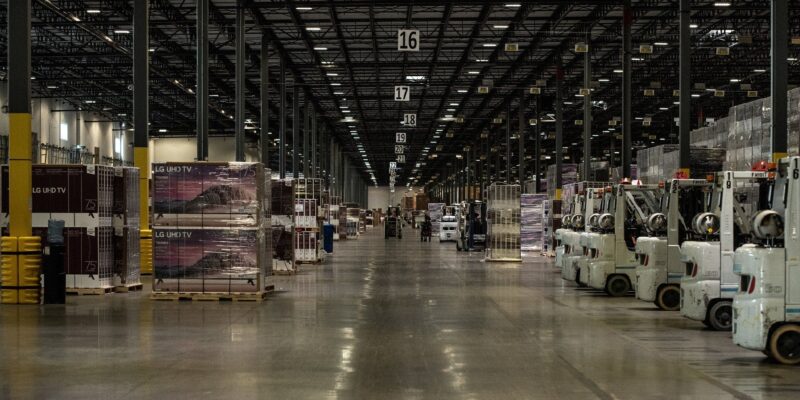Un experto en la cadena de suministro habla de cómo la tecnología está afectando al futuro de la logística

Paige Cox, the head of SAP’s Logistics Business Network, believes that in order «to have the perfect customer experience, you have to have the perfect product experience.” SAP and Uber Freight have come together to optimize both. In a changing era of logistics, we’ve partnered with SAP to provide unique, customizable solutions for both shippers and carriers. Uber Freight is now available within the SAP Logistics Business Network, giving our mutual customers access to real-time load pricing and on-demand freight capacity. We sat down with Cox to find out her views on technology’s impact on the shipping industry and why Uber Freight is a natural supply chain partner.
Háblenos un poco de su función en SAP.
At SAP, I’m a global VP and head of Logistics Business Network, a part of our development organization. I work with customers, partners, and thought leaders to create new innovations for our customers.
¿Cómo cree que la tecnología va a influir en el sector del transporte marítimo?
I think technology in the shipping industry is tremendous because you really never know what’s going to emerge and how the industry can evolve. There are so many possibilities to create new business models, to create new values, to connect to different things, and to connect people and processes together.
Creo que muchas de las cosas que nunca pensamos que serían posibles, serán posibles con la tecnología. ¿Encontrar los problemas adecuados para resolver? Ese es siempre el reto.

¿Cómo colaboran Uber Freight y SAP para impulsar la innovación técnica?
We are very excited for Uber Freight to become a part of the SAP Logistics Business Network. To me, this is a very win-win situation. We at SAP have a very strong backbone with our shippers and have optimized our supply chain, from planning to execution. We take a product from an idea in its infancy to its manufacturing process, planning the entire inventory in your supply chain, and delivering with the best logistics. In the end, this whole loop gives you the perfect supply chain — creating the perfect product experience for that very ultimate customer experience.
Uber Freight amplía nuestras capacidades para nuestros cargadores con precios en tiempo real y la posibilidad de conectarse a una gran red de transportistas. También ofrece la posibilidad de tener más posibilidades de planificación, como la demanda o la capacidad que nunca antes había pensado. Esto crea un nuevo modelo de negocio para nosotros como proveedor de tecnología. Desde nuestra Red de Negocios Logísticos, podemos poner en contacto a nuestros cargadores con la red de transportistas de forma digital con Uber Freight. Juntos podemos crear esta red abierta e interoperable.
¿Qué es lo que más le entusiasma del futuro de la tecnología de transporte y logística?
What excites me the most is creating the ultimate customer experience. To create a perfect customer experience, you need the perfect product experience. So then how do we deliver that customer and product experience? The shipping industry will no longer be just connecting the shippers with the carriers — it will become so much more.
Imagine if we never have empty trucks on the road. Imagine if we create purpose between the shippers and carriers. The shippers can create a better experience for their customers without compromising the supply chain. The carriers can also have a good quality of life. If we can create and connect the demand chain with the supply chains, nothing is impossible.
How do you think the SAP partnership with Uber Freight will help optimize that customer experience?
Para nosotros, Uber Freight es una marca única. En nuestra opinión, Uber es una gran marca y también una buena plataforma tecnológica. Nuestro cliente habitual de envíos suele tener una lista tradicional de transportistas con los que trabaja. A partir de ahí, planifican sus rutas y transportes y cómo se optimizan. Pero las cosas suceden. Hay retrasos, ya sea por el clima o por alguna interrupción en la cadena de suministro. Muchos procesos empresariales están aislados, y usted requiere esta optimización y la no interrupción de la cadena de suministro. Como parte de la Red de Negocios Logísticos, Uber nos permite conectarnos a una gran red de transportistas, y podemos ofrecer esto como capacidad y recursos adicionales a nuestros cargadores. Con la integración, ahora también podemos ofrecer precios instantáneos. Nuestros transportistas tienen ahora muchas más opciones para planificar y ejecutar sus necesidades logísticas.
¿Qué imagina cuando piensa en el futuro de esta asociación?
Phase one was focused on how we can connect shippers to carriers, how can we have interoperable networks, and have one platform where we can bring all the ecosystems together to collaborate and get visibility. Going forward, we are discussing some exciting new possibilities. For example, together we can solve more of the empty-truck problem. Imagine if a company has regulations that if anything is delayed by a certain amount of time, the cost will be more. Can you imagine if that kind of intelligence is fed in through predictive ETAs and machine learning? Then we can already suggest optimized planning.
Today we plan and then we react to a disruption, and then we correct it by re-planning. Together, we could really move from a predictive intelligence to more prescriptive intelligence and create new possibilities together.



